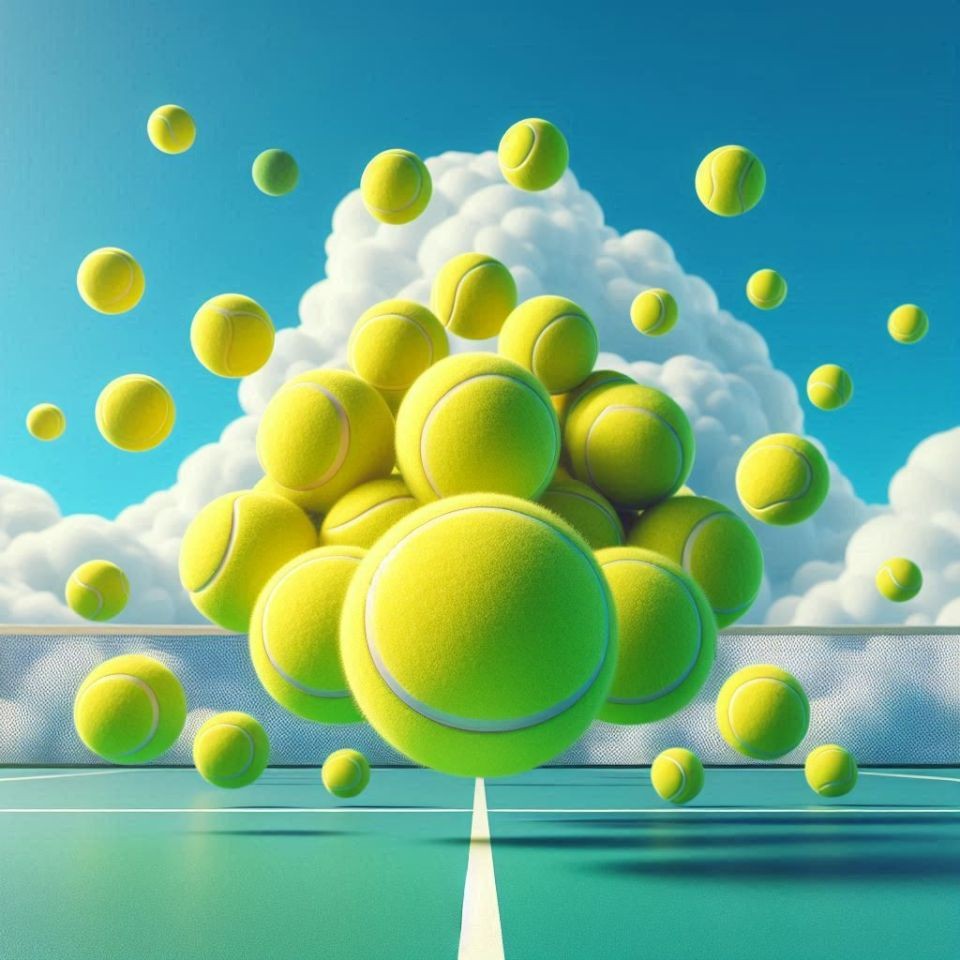Looking for Tennis and Racket Sports International News?
The RacketSTAR Tennis News Blog and Article Feed gives you up to the minute news and information about the Players and Sports Updates.
How Tennis Balls are Made
Tennis balls undergo a detailed manufacturing process that involves several stages to ensure they meet the necessary standards for play. Here's a step-by-step overview of how tennis balls are made:
1. Raw Materials- Rubber: The primary material for the ball's core. High-quality natural rubber and synthetic rubber are used.
- Felt: Made from a mix of wool and nylon, the felt covering provides the ball with its texture and durability.
- Adhesives: Various adhesives are used to bond the components together.
- Mixing: Natural and synthetic rubber are mixed with other chemicals and compounds to form a dough-like consistency.
- Shaping: The rubber mixture is shaped into a long cylinder and then cut into smaller pieces, each the size of a tennis ball core.
- Molding: These small pieces are placed into molds and heated under pressure to form two half-shells.
- Vulcanization: The half-shells are partially cured through a process called vulcanization, which involves heating the rubber to increase its strength and elasticity.
- Joining Halves: The two half-shells are joined together and pressurized air is inserted before sealing them. The complete ball cores are then fully vulcanized to ensure they are bonded securely.
- Cutting Felt: The felt material is cut into two shapes: dumbbell-shaped pieces, which will cover the entire surface of the ball.
- Adhesion: Adhesive is applied to the rubber cores, and the felt pieces are wrapped around the core, ensuring full coverage.
- Pressing: The felt-covered balls are then placed in a press, which heats them to bond the felt to the rubber core securely.
- Final Heat Treatment: The balls undergo a final heat treatment to ensure that the adhesive fully bonds and the felt becomes an integral part of the ball.
- Inspection: Each ball is inspected for defects such as irregular seams, improper bonding, or air leaks.
- Testing: Balls are tested for bounce, weight, and size to ensure they meet official specifications.
- Branding: The manufacturer's logo and any other necessary markings are printed on the balls.
- Packaging: The balls are then packaged, typically in pressurized cans or boxes, to maintain their quality and pressure until they are ready to be used.
- Pressure: Tennis balls are pressurized, which is critical for their performance. This is why they are packaged in pressurized cans.
- Bounce Test: A crucial part of quality control is the bounce test to ensure the ball performs consistently.
- Durability: The felt cover is designed to withstand the rigors of play, providing durability and a good grip for players.
By understanding this detailed manufacturing process, one can appreciate the complexity and precision involved in producing high-quality tennis balls that meet the standards for professional and recreational play.
Stay Informed
When you subscribe to the blog, we will send you an e-mail when there are new updates on the site so you wouldn't miss them.


